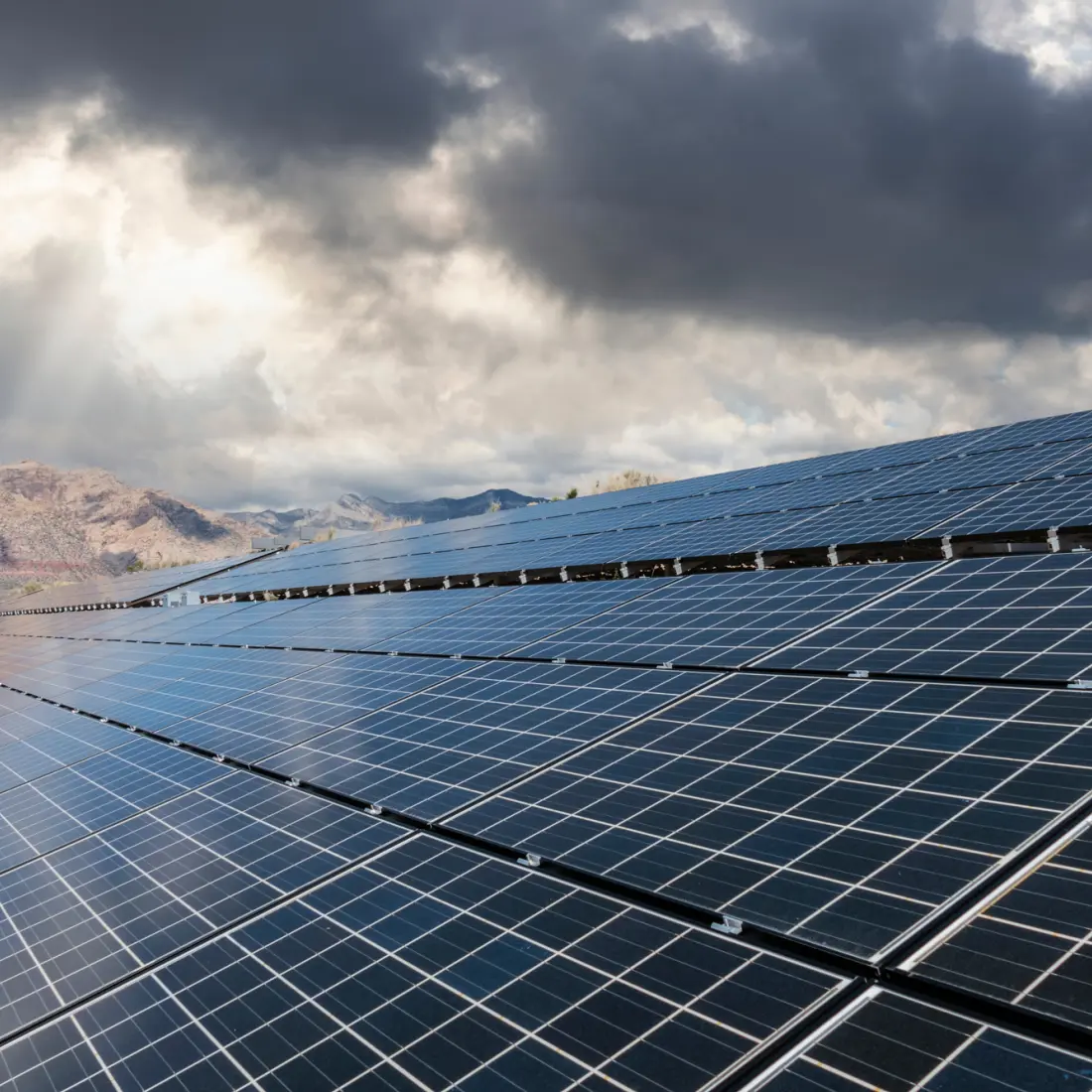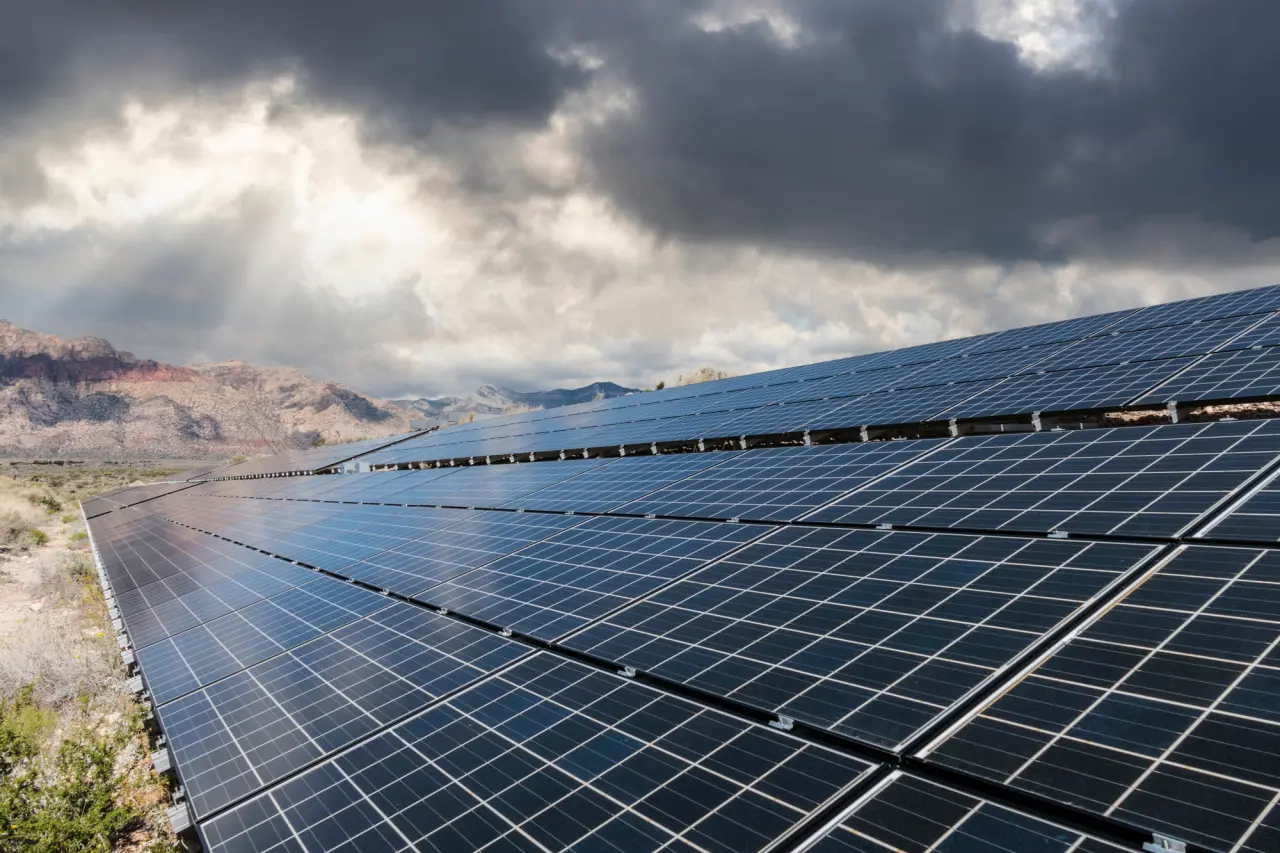Separating solar energy facts from fiction


Solar energy is becoming much more common. In the U.S., solar energy systems today produce eight times more energy than a decade ago. As the cost of photovoltaic (PV) panels continues to fall, more homeowners and businesses are considering adding panels to their roofs or properties.
Despite its increased profile, solar energy is still confusing for many people. Myths and misconceptions about solar energy drive the most common misunderstandings.
However, if you understand the realities of solar energy and understand its advantages and drawbacks, you can decide whether or not a PV system will work for your home or business.
The basics of solar energy. How does it work?
Solar panels catch sunlight and convert it into usable electricity. Each panel has rows of photovoltaic (PV) cells that capture sunlight. When sunlight strikes these cells, it excites electrons, which generate direct current (DC) electricity.
The panels connect to an inverter, which converts this electricity into an alternating current (AC). AC power is what homes and businesses use to power lights and appliances.
In addition to the panels and converter, the system has cables to transmit the current and mounting frames to hold the panels at the optimal angle to catch the most sunlight.
Finally, many systems have monitoring software to measure output and efficiency. Sensors can detect issues and send alerts or performance data to you on a website or phone app.
Types of solar technologies
There are different types of solar power plants. Residential systems are often placed on rooftops, while commercial or utility-scale systems are often ground-based.
Solar power plants come in two varieties.
The most common option is a photovoltaic (PV) panel system, which converts sunlight directly into electricity. The flat panels on rooftops or fields are usually part of a PV system.
Concentrating solar power (CSP) systems use mirrors or lenses to focus sunlight onto a small area. The beam produces intense heat that creates steam, which, in turn, spins an electricity-producing turbine.
Here’s a deeper look at the common misconceptions about these solar energy systems and the actual facts that you should know.

Myth: solar panels don't work in cold or cloudy climates
Many people think the biggest problem with solar panels is that they’re ineffective in colder climates or during cloudy days.
In reality, solar panels can generate electricity from indirect sunlight. Though efficiency may drop in low-light conditions, solar panels will continue to provide an electrical current when there is cloud cover or rain.
Moreover, solar panels often work better in colder conditions. They’re less efficient in hot temperatures and produce more energy on colder, sunny days.
With the rise of issues like climate change, companies are developing panels that can withstand a variety of harsh weather conditions and unpredictable weather patterns.
Fact: solar energy is becoming increasingly affordable
Contrary to common beliefs, solar energy is becoming more affordable. A 2021 study found that solar power plant modules dropped in cost by 85% over the previous decade.
Several factors contributed to this trend, which is set to continue as capacity grows. Technological advancements have made solar panels more efficient and affordable to produce. Manufacturers are competing for business by lowering prices, and the effect of economies of scale reduces costs due to increased production.
Finally, governments continue to offer tax credits meant to increase the adoption of renewable energy. These incentives can further lower the cost of panels.
Myth: solar panels require extensive maintenance
Another misconception is that solar panels are difficult to maintain and require expensive repairs. In fact, solar panels require minimal care.
The only solar panel maintenance requirement is cleaning the surface to ensure maximum output. Depending on your climate, you only need to do this once or twice per year. Occasional inspections can also help spot damage or look for problems after receiving alerts from your monitoring system. With this basic care, your panels should last 25 years or more.
Fact: solar energy significantly reduces carbon emissions
Solar energy can play a crucial role in reducing carbon emissions. According to the U.S. Department of Energy, a total of 5.7 million acres of solar panels could help the country achieve carbon neutrality by 2035. In other words, residential, commercial, and utility-scale solar could help America produce enough energy to offset its greenhouse gas emissions.
The reduction of carbon emissions is already happening. In 2023, an increase in solar generation and a 19% decrease in coal use for electric power generation led to the lowest carbon output since 2020.
Myth: solar panels are harmful to the environment
Concerns regarding the environmental impact of solar panels primarily stem from their manufacturing processes. The carbon footprint for the systems comes from manufacturing, transportation and disposal.
The industry is making strides toward more sustainable practices, including recycling and proper end-of-life management for solar equipment. This can reduce waste and keep panel components out of landfills.
There’s also a shift to domestic manufacturing, which can lower emissions due to transportation. A study by the National Science Foundation predicted a 30% drop in carbon emissions if American solar panel companies produced their products domestically instead of importing them.
Fact: Solar technology is constantly improving
Recent developments have led to increased efficiency in solar cells, making them more effective at converting sunlight into electricity. Today's panels can produce 10% more electricity than those designed just five years ago.
Meanwhile, innovations in energy storage, such as batteries that store excess energy from solar panels for later use, can help deal with the issue of intermittent sunlight. Smart grid technologies can help utility companies manage solar energy sources and replace them with other energy production methods at night.
Additionally, new technology is enhancing efficiency and design. For instance, AI solar design programs can optimize solar panel layouts for the best possible performance in a given location.
The future of solar energy
New developments are on the horizon. Concepts such as solar-plus-storage, which involves integrating solar panels with battery systems, promise greater reliability and energy independence. Meanwhile, applications, like solar roads and solar fabrics, are also paving the way for innovative uses of solar energy.
At the same time, regulations and policies will play a significant role in the future of solar energy adoption. Government support and incentives can help drive growth in the solar sector. Not only can these policies help consumers afford solar, but laws can also encourage development and domestic panel production.
Conclusion
Common misconceptions can obscure the benefits of solar power. However, if you understand the facts and are aware of the advances currently taking place in the industry, you can decide if solar is a good option for you.